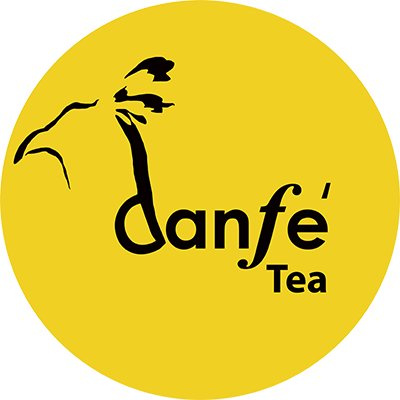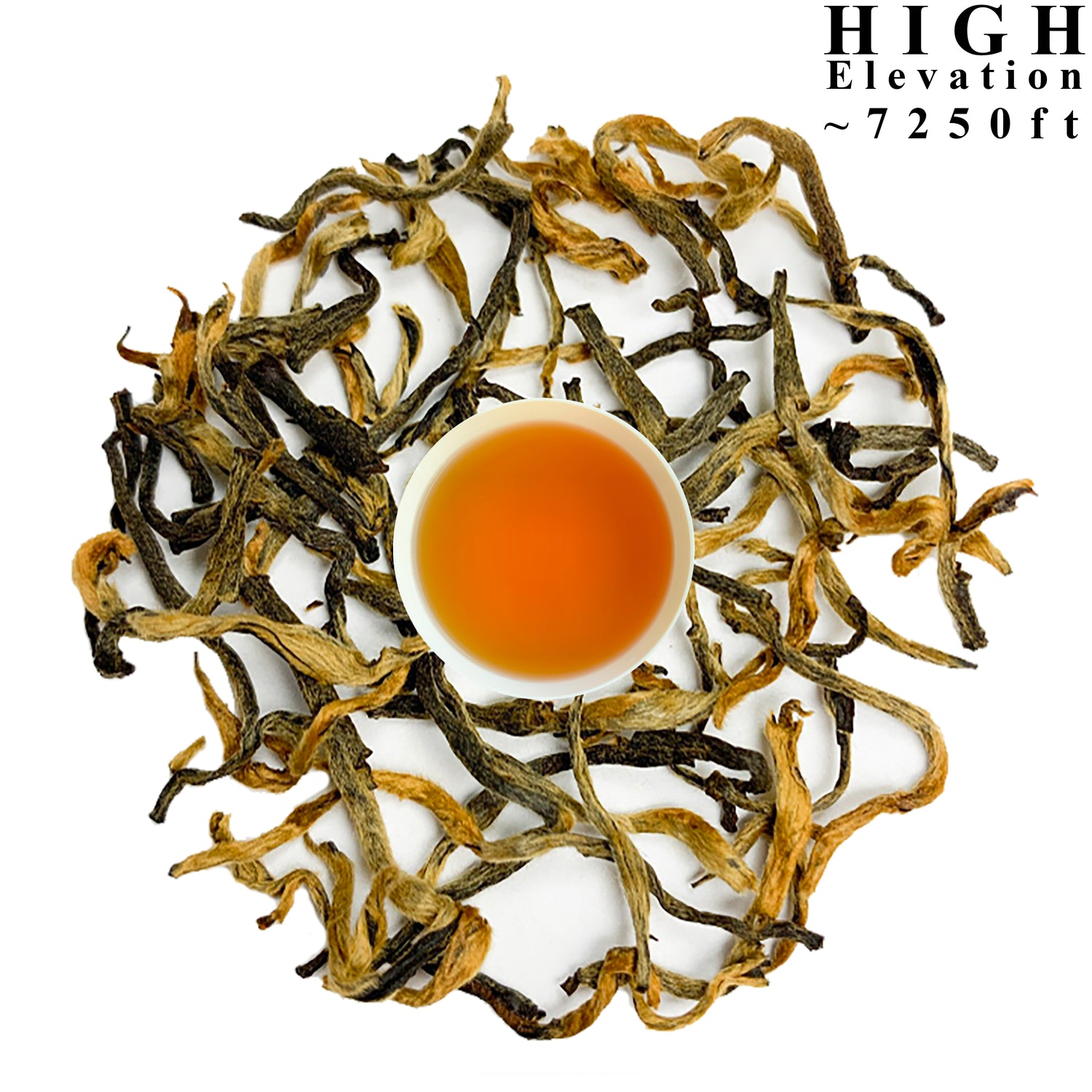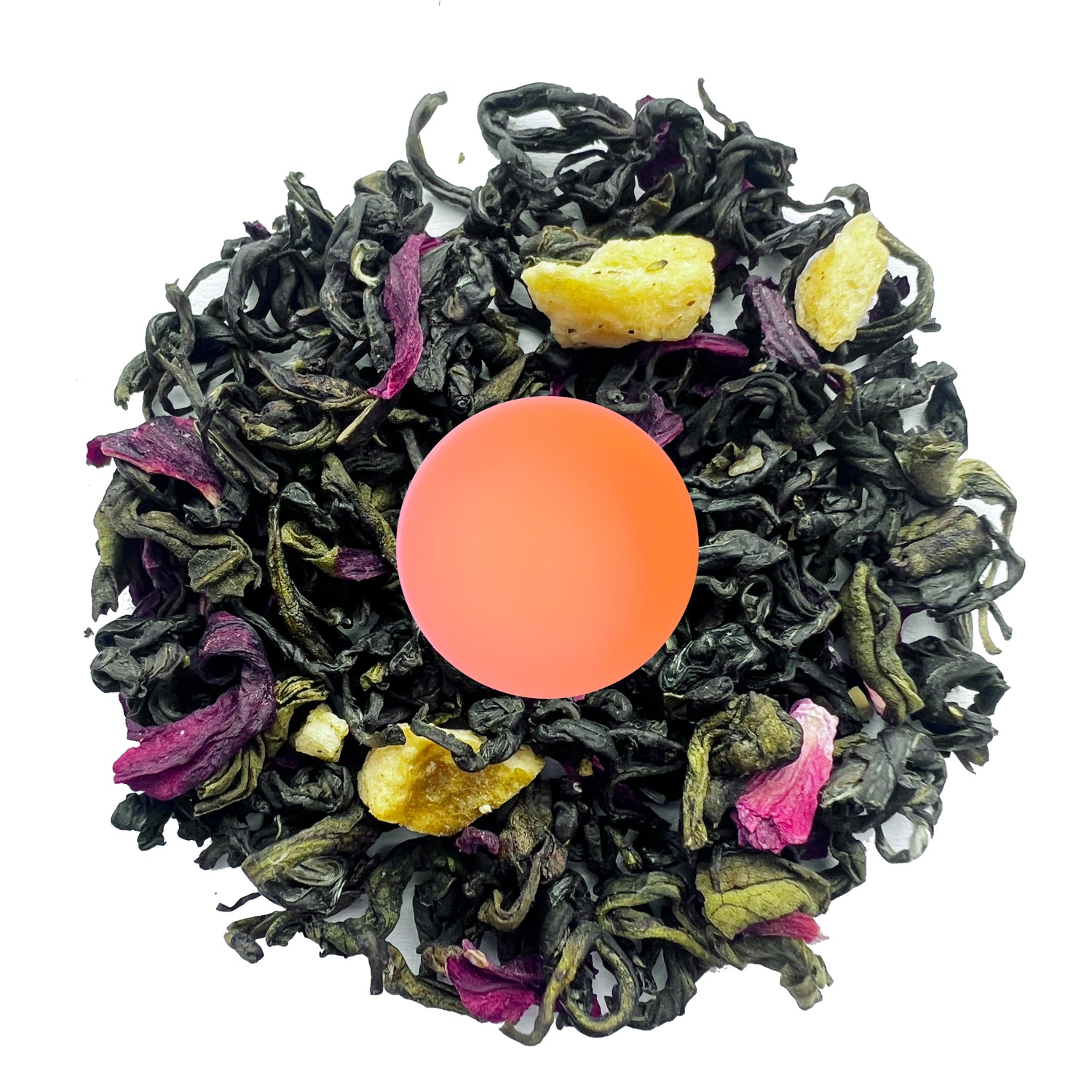
Himalayan Oolong Tea: Nutrition and Health Benefits

Himalayan Oolong tea is a traditional orthodox tea , and it is sparsely produced in the eastern Himalayas of Nepal. It comes from the same Camellia Sinensis plant which is used to make black, white and green tea. The leaves go through a special oxidation process that impacts its color, flavor, and nutritional content. Oolong teas are darker in color with a fruity and earthy taste.
Nutritions in Oolong Tea
Oolong tea contains a variety of vitamins, minerals, and antioxidants. A cup of oolong tea contains a good amount of calcium, magnesium, and potassium, so it's a healthy practice to start your day with a cup of oolong tea.
The L-theanine amino acid in Oolong tea is responsible for providing you with positive effects on relaxation and cognitive performance. Moreover, Himalayan Oolong tea also contains some antioxidants such as polyphenols, theaflavins, thearubigins, and EGCG, which have many health benefits.
How Oolong Tea is Made?
In order to understand Oolong Tea, it is very important to understand the importance of a process called oxidation, which is fundamental to creating Black and Oolong teas.
Oxidation is a process where the enzymes locked inside the tea leaves come out and get in contact with the oxygen in the open air and start turning darker as time goes by.
For easy understanding, we can compare this process with the browning of an apple. Once you cut it open and let it react with the Oxygen in the air, it starts turning brownish.
Similarly, tea leaves are plucked and hand-rolled or machine-rolled to hurt it enough so that the inner enzymes appear on the surface to react with the oxygen in the air, resulting in its oxidation. The longer it reacts with air, the darker it gets.
The making of Himalayan Oolong tea is an intricate process. It takes a lot of steps until the Oolong Tea is ready to brew. Below is the step-by-step process of how Oolong tea is made in detail.
-
Harvesting
The making of Himalayan Oolong tea starts with harvesting. Lower mid-large leaves are considered to be best for oolong teas and are harvested mainly in the spring for higher quality steeps.

-
Solar Withering
As the leaves lose their moisture and start, they are spread outdoors for “solar withering”. The tea maker pays careful attention to the atmospheric conditions to control the moisture of the leaves. The leaves are tossed to ensure they are evenly exposed and have uniform dehydration. When the initial solar withering is done, the tea leaves are moved indoors to continue withering in larger steel-framed trays that provide uniform circulation of air.

-
Oxidation
After a third of the moisture is depleted, the leaves go for an oxidation process that causes a chemical reaction to add the flavor profile of the tea. In the oxidation process, the leaves are hand-rolled or machine-rolled to break down their cell walls so that it produces enzymes to react with the oxygen. The longer leaves are left for oxidation, the darker it gets.
In the Oolong tea manufacturing process, the leaves are usually oxidized until their oxidation level reaches the range of 50-70%. However, in the spectrum of Oxidation, the tea is still called oolong tea if its oxidation level is between 20-80%. It’s completely up to the manufacturer to play with this gap to create the oolong tea that tastes the best.
White and Green teas are not oxidized while black teas are fully oxidized teas, with the oxidation level from 80-100%.

-
Kill Green
Following the oxidation process, the leaves go through a “Kill Green” process where they are heated at high temperature to deactivate the enzymes responsible for the oxidation process and stop the chemical transformation of the leaves.
-
Roasting
After the kill green process, the Oolong tea leaves are roasted repeatedly which "toasts" the leaf transforming it into a fruitful flavor. Now the Himalayan Oolong tea is ready for packaging.

Health Benefits of Himalayan Oolong Tea
Drinking Oolong tea, which is rich in vital antioxidants, helps reduce your chronic health conditions such as heart diseases, inflammatory disorders, and high cholesterol levels. Let’s take a deep look into its incredible health benefits.
Oolong tea has been treasured for centuries due to its numerous health benefits. Here’s how it supports overall wellness:
1. Aids in Weight Management
Oolong tea is known for its ability to promote fat metabolism. Studies suggest that regular consumption may aid weight loss by increasing energy expenditure and reducing fat accumulation.
2. Supports Heart Health
Rich in polyphenols, oolong tea may help lower cholesterol levels and reduce the risk of heart diseases containing enzymes to break down triglycerides. It supports healthy blood circulation and helps regulate blood pressure.
3. Enhances Skin Health
Packed with antioxidants, oolong tea helps combat free radicals that contribute to aging. It may also help regulate oil production and improve skin conditions like acne and eczema.
4. Helps Manage Blood Sugar Levels
Studies indicate that regular oolong tea consumption may lower blood glucose levels and lower the risk of developing type 2 diabetes. The tea’s polyphenols help improve insulin sensitivity and maintain stable blood sugar levels.
5. Strengthens Teeth and Bones
The minerals in oolong tea, including calcium and fluoride, contribute to stronger bones and healthier teeth, reducing the risk of osteoporosis and dental issues.
6. Supports Brain Function
A combination of caffeine and L-theanine in oolong tea promotes mental clarity, enhances focus, and reduces stress. It may also play a role in protecting against neurodegenerative diseases like Parkinson’s and Alzheimer’s.
7. May Reduce the Risk of Cancer
The antioxidants found in oolong tea, particularly catechins and theaflavins, may help prevent cell mutations that contribute to cancer, especially breast cancers. While tea alone isn’t a cure, incorporating it into a balanced diet may offer protective benefits.
How to Prepare Oolong Tea?
There are many different ways to brew Nepal Oolong Tea but we recommend you try the following brewing methods.
-
Smooth-Refreshing
Step 1: Get 10 oz of filtered water and heat until it boils.
Step 2: Add 1 teaspoon of oolong tea leaves into a clear glass or in a Steeping cup.
Step 3: Pour the boiling hot water into the glass or steeping cup containing tea leaves.
Step 4: Let it steep for 3 to 5 minutes until its color is deep golden.
Step 5: Strain and enjoy your oolong tea.
Step 6: Repeat for the second infusion, adding 1 min extra steeping time.
-
Robust- Energy High
Step 1: Get 10 oz of filtered water and boil it.
Step 2: Add 1.5 to 2 teaspoons of oolong tea leaves into a clear glass or in a Steeping cup.
Step 3: Pour the boiling hot water into the glass or steeping cup containing tea leaves.
Step 4: Let it steep for 5 minutes until its color is rusty golden.
Step 5: Strain and enjoy your oolong tea.
Step 6: Repeat for the second infusion, adding 1 min extra steeping time.
Frequently Asked Questions (FAQs)
What is special about Oolong tea?
A: Oolong tea is the best tea for weight loss and brain function improvement.
What is Oolong tea?
A: Oolong tea is a traditional semi-oxidized tea made of the Camellia sinensis tea plant. It is widely produced in the eastern Himalayas of Nepal.
Does Oolong tea make you sleepy?
A: Oolong tea contains L-theanine amino acid which gives its drinkers a calming effect and reduces stress. You don’t actually fall asleep after drinking tea but will feel relaxed, and sleep and relaxation are two different things.
Does Oolong tea have caffeine?
A: Yes, Oolong tea does have caffeine but the amount of caffeine in oolong tea is lower in comparison to black tea. . It provides a moderate boost of energy without the harsh jitters, perfect for those who need a gentle lift.
What does oolong tea taste like?
A: Oolong tea tastes floral and fruity with creamy notes.
What are the side effects of Oolong tea?
A: While oolong tea is generally safe for most, excessive consumption can lead to side effects such as headaches, sleep disturbances, or digestive issues due to its caffeine content.
Does Oolong Tea effects Kidney?
A: Oolong tea contains oxalates, which in excessive amounts, might affect kidney health, especially in those with kidney disorders. Moderation is key, and consulting with a healthcare provider is advisable if you have any concerns.
Himalayan Oolong Tea from Nepal in the US
A: First of all, you won’t find many sellers for Himalayan Oolong tea in the United States, and if you find one, it’s not certain you will get the real Nepali Oolong tea in the US. We, Danfe Tea, are true Purveyors of all Himalayan Mountain teas from Nepal, along with this Oolong tea from Nepal. Order your Oolong tea and start your journey now.










